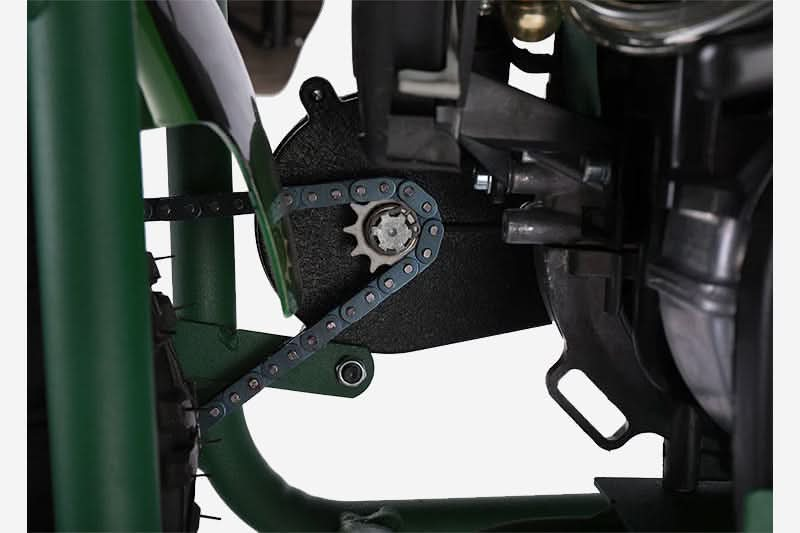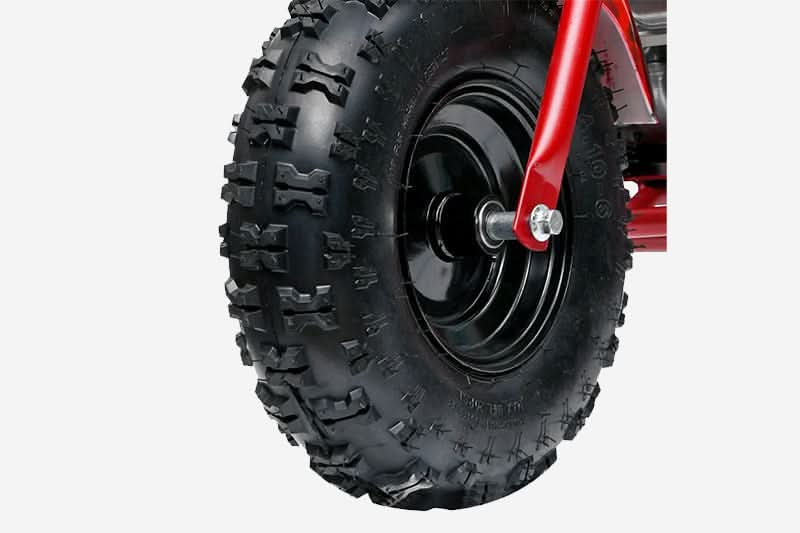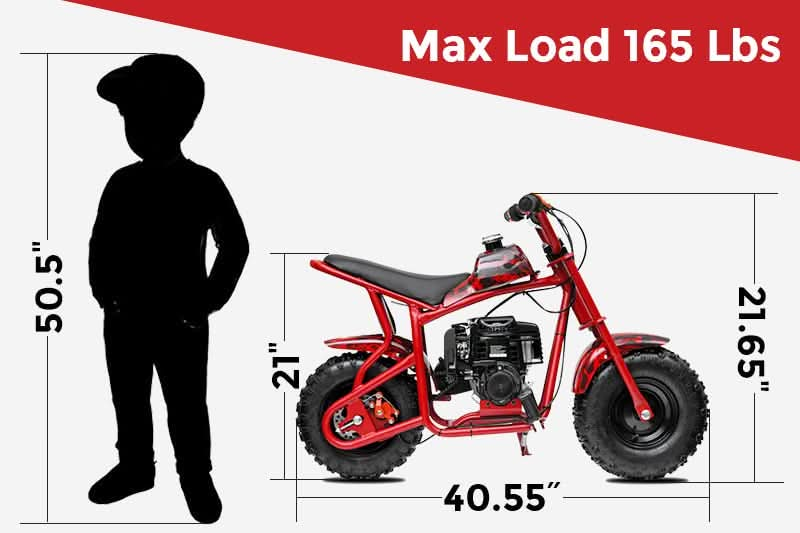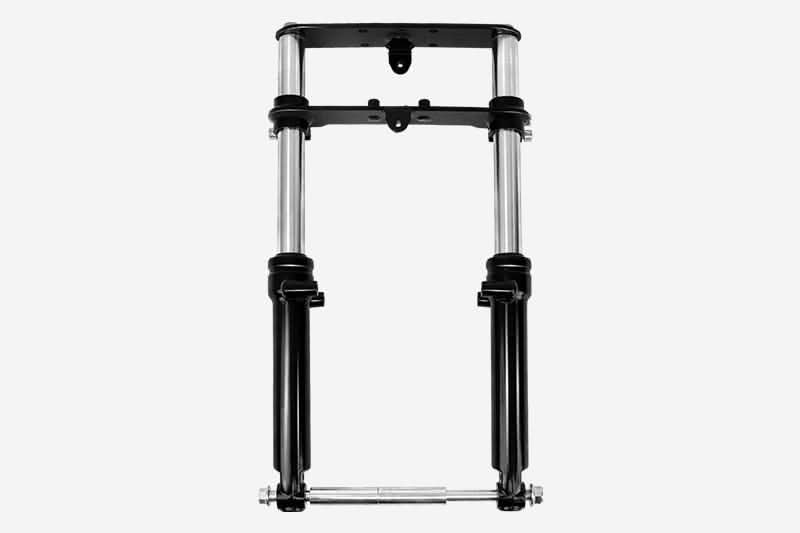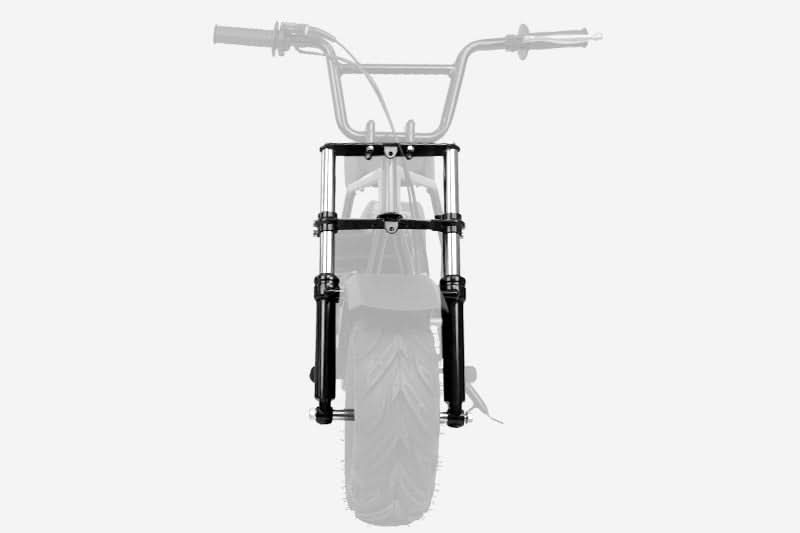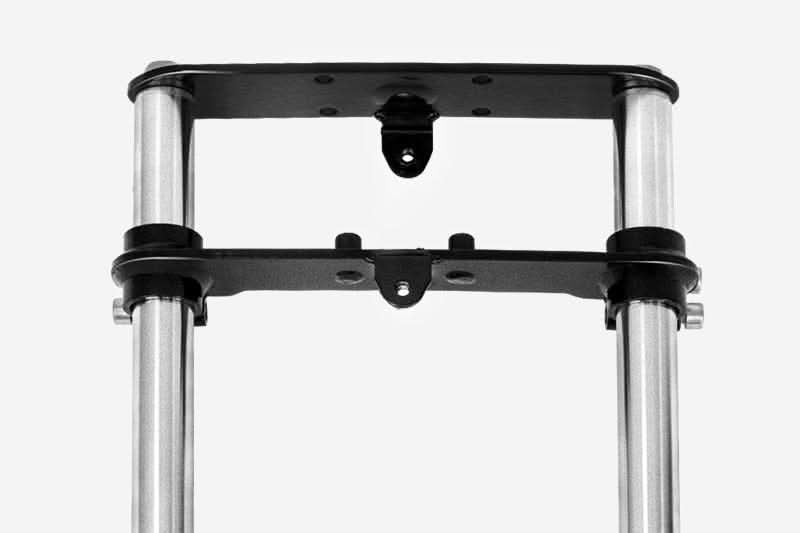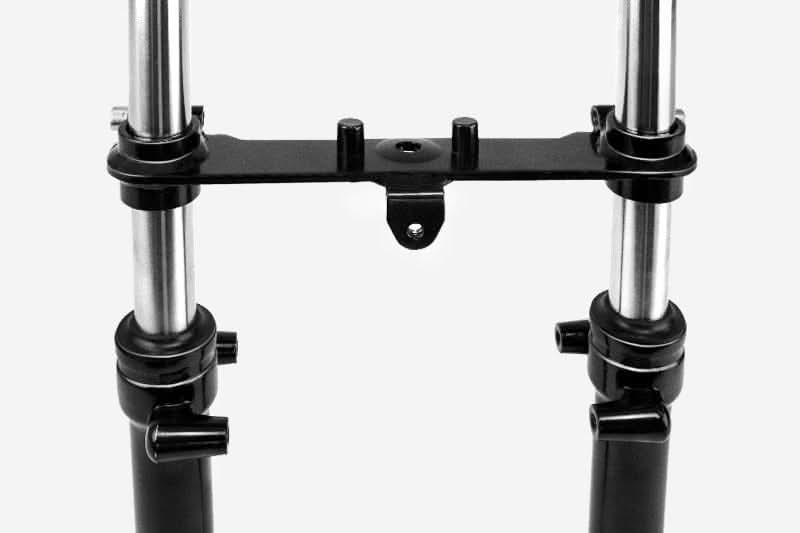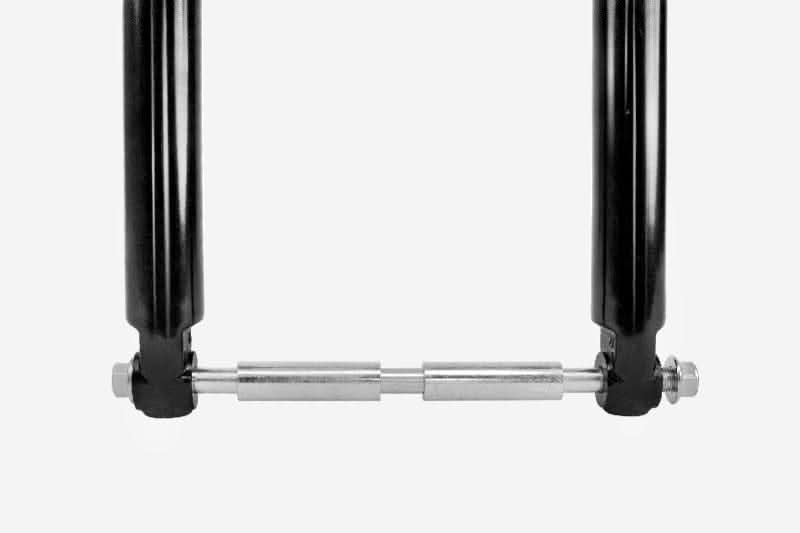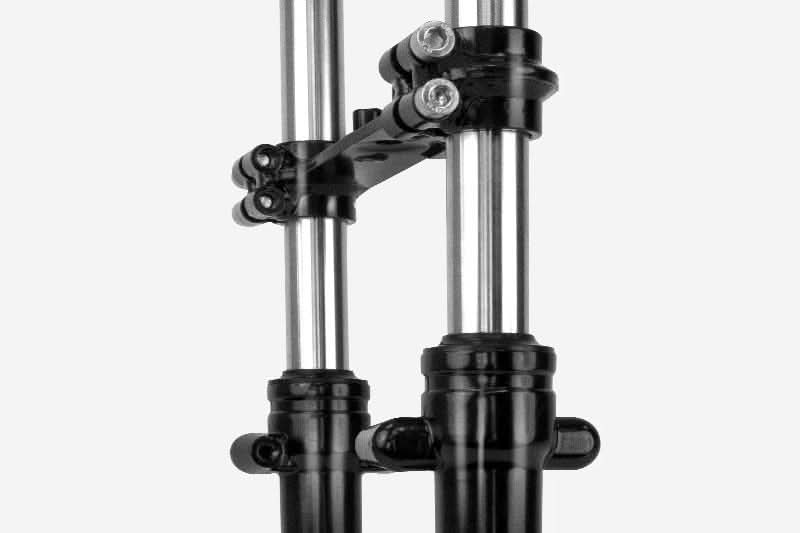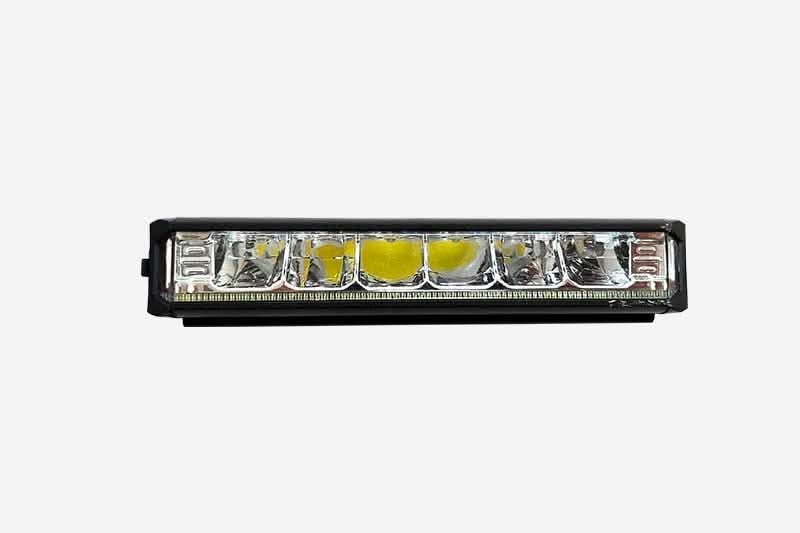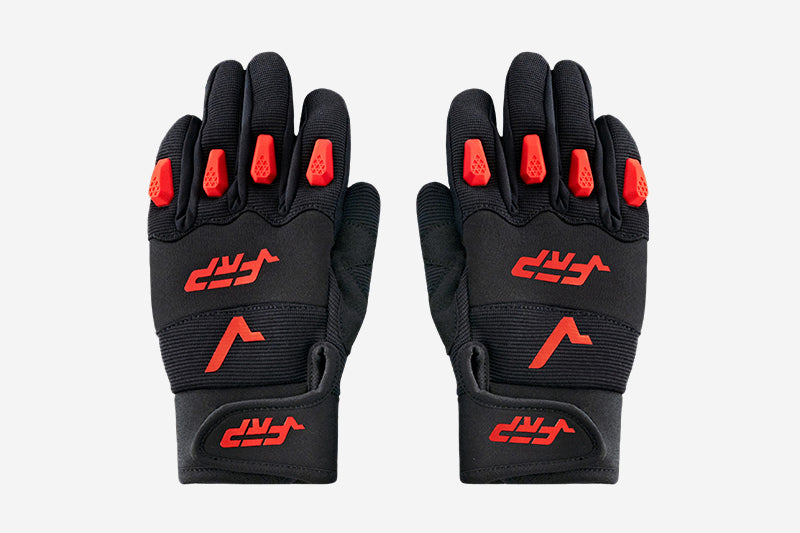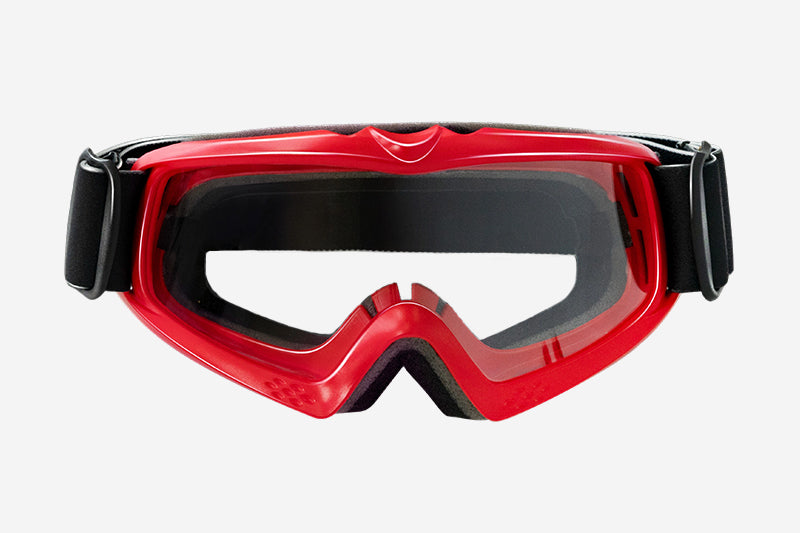Understanding Dirt Bike Specifications: A Beginner's Guide
Understanding youth dirt bike specifications is crucial, especially for beginners, as it can help them make informed decisions while purchasing a dirt bike. Dirt bikes come in various sizes, shapes, and designs, each with its unique specifications, and understanding them will help beginners make a more informed choice.
Understanding kids’ dirt bike specifications can significantly impact the rider's safety, as it can help them identify potential risks and hazards associated with the bike's design and capabilities. A rider who knows the specifications can ride their bike with more confidence and make informed decisions that ensure their safety and the safety of others.

Dirt Bike Engine Specifications
As we know, 2-stroke engines are simpler in design and have fewer parts than 4-stroke engines. They produce power on every other revolution of the crankshaft, which means they can produce higher power-to-weight ratios and have a higher power output for their size. However, they tend to have lower fuel efficiency and produce more emissions than 4-stroke engines.
4-stroke engines have more parts and are more complex in design than 2-stroke engines. They produce power on every fourth stroke of the engine cycle, which means they have a smoother power delivery and are generally more fuel-efficient than 2-stroke engines. They also tend to produce less emissions than 2-stroke engines. However, they are generally heavier and have a lower power-to-weight ratio than 2-stroke engines. Kids are better to start with a mini gas-powered dirt bike, and the FRP kids dirt bike is a good choice.
Engine displacement, horsepower, and torque are all important factors that affect the performance of a dirt bike. While horsepower is a measure of the engine's power output. A higher horsepower rating generally means that the bike can go faster and accelerate more quickly.
Dirt Bike Tire Specifications
Tire size, width, and aspect ratio are crucial factors in determining a gas-powered dirt bike's performance and handling. Tire size refers to the overall diameter of the tire, while width indicates the distance from one side of the tire to the other. The aspect ratio is the ratio of the tire's height to its width.
Choosing the right tire size is essential, as it affects the kid’s dirt bike's clearance, ground contact area, and overall handling. A larger tire diameter increases ground clearance and traction, while a smaller tire provides better stability and cornering. The tire width also influences the contact patch with the ground and affects the bike's handling. Narrow tires offer greater control, while wider tires provide better stability and grip. The aspect ratio influences the tire's sidewall height and stiffness, affecting the bike's handling and stability.
Tire pressure is a critical factor in a 4-stroke dirt bike's performance and safety. The recommended tire pressure is usually listed in the owner's manual or on the tire sidewall. Riding with too low or high tire pressure can affect handling, stability, and traction. Overinflated tires provide less traction and reduce the contact patch with the ground, making them more prone to slipping and sliding. Underinflated tires, on the other hand, increase the contact patch and make the bike harder to control. It's important to check the tire pressure regularly and adjust it according to the specific terrain and riding conditions to ensure optimal performance and safety.
Dirt Bike Fuel System Specifications
Dirt bikes typically have fuel tank capacities ranging from 1.5 to 3.5 gallons, depending on the make and model of the bike. As for the types of fuel used, most dirt bikes run on gasoline, which is typically available in octane ratings ranging from 87 to 93.
The fuel injection system and carburetor are both responsible for delivering fuel to the engine, but they work in different ways. Fuel injection systems use sensors to monitor engine conditions and adjust the amount of fuel delivered accordingly, resulting in more precise fuel delivery and improved fuel efficiency.
Proper maintenance of the fuel system is critical for the performance and longevity of a dirt bike. Neglecting the fuel system can lead to issues such as clogged fuel lines, dirty carburetors, or malfunctioning fuel injectors, all of which can negatively impact the bike's performance and potentially cause damage to the engine. Regular maintenance, such as cleaning or replacing air and fuel filters, checking for leaks or damage, and using clean, high-quality fuel, can help keep the fuel system running smoothly and improve the overall performance and reliability of the bike.
Conclusion
The blog post discusses the importance of understanding kids’ dirt bike specifications when buying, maintaining, or upgrading a dirt bike. It highlights the various components that make up a dirt bike and how each of these components can affect the bike's performance. The post also discusses the importance of matching the bike's specifications to the rider's skill level and intended use. It provides a comprehensive list of dirt bike specifications that riders should consider before making a purchase or performing maintenance or upgrades.
By understanding these specifications, riders can ensure that they select a gas-powered dirt bike that matches their skill level and intended use, and they can make informed decisions about maintenance and upgrades to improve the bike's performance. Doing so can lead to a safer and more enjoyable riding experience.








































